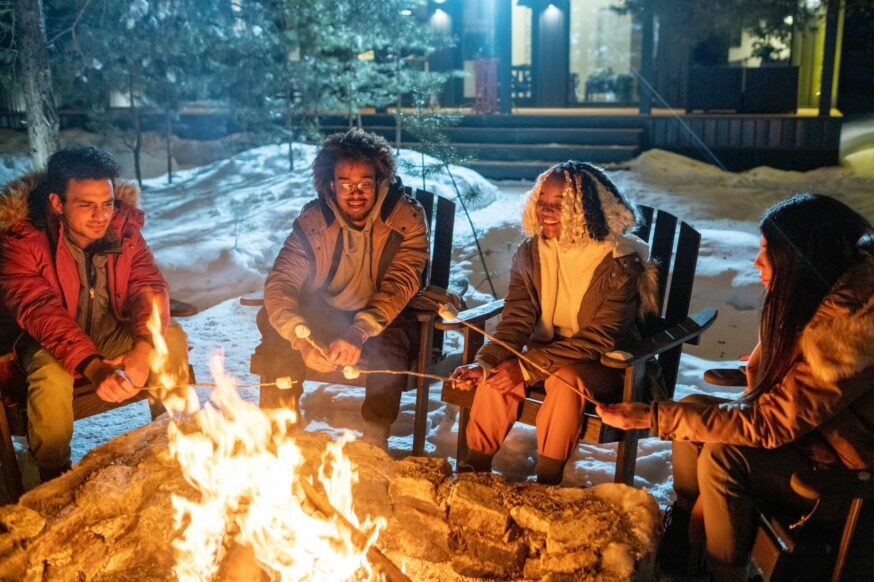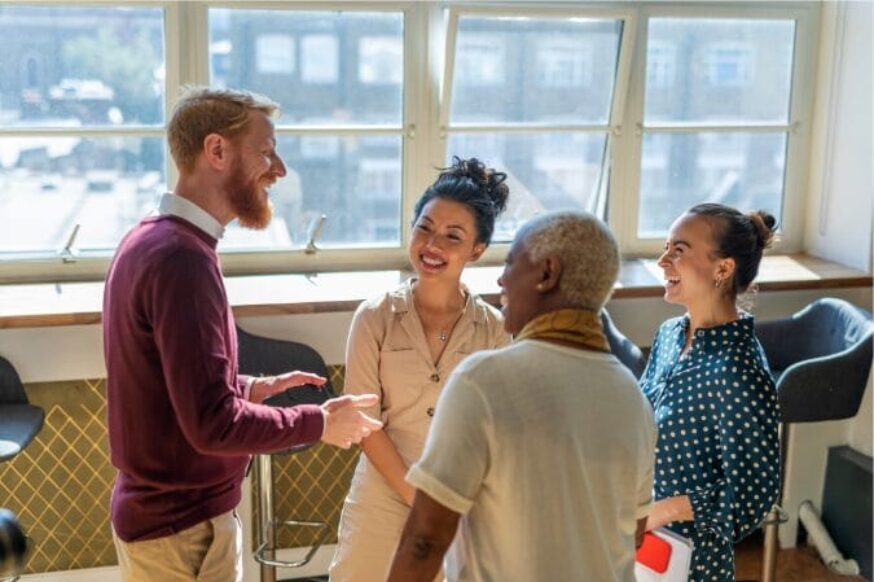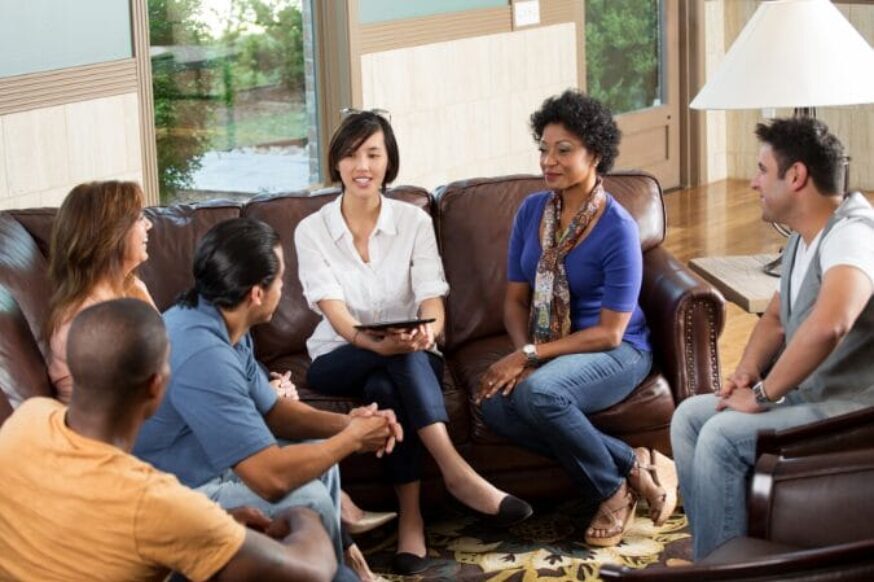Introduction
What if the key to unlocking meaningful change lies in the stories we tell?
This year, the Centre for Public Impact and Dusseldorp Forum are exploring precisely this question through the Stories and Systems Learning Circle.
This series of sessions is designed to explore how storytelling can help shift patterns in how we think, act, and organise for change. The Learning Circle brings together people from a range of sectors, including community, academia, government and philanthropy.
In our first Learning Circle we introduced how stories change systems. In our second session, we turned to different forms and traditions of storytelling, and different ways of telling stories can lead to systems change. To dive into this topic, we invited four guest speakers:
- Brent Ryan, a proud Mutti Mutti man and the Director of Engagement, Support, and Communications at the Yoorrook Justice Commission, Australia’s first truth and reconciliation commission.
- Michelle Bates, narrative therapist, facilitator, and coach from Time and Place, practising between Mparntwe (Alice Springs) and Mulubinba (Newcastle).
- Ima Abdulrahim, co-founder and Co-Director of The Caravanserai Collective, with over 20 years of experience advancing democracy and human rights in non-profits, think tanks and technology companies.
- Abdul-Rehman Malik, co-founder and Co-Director of The Caravanserai Collective, award-winning journalist, educator and cultural organiser, and currently Lecturer and Associate Scholar at Yale Divinity School.
Our incredible panel explored some of the powerful ways we can tell stories — through mediums such as song, poetry, testimony, theatre and photography — and how they have used these forms of storytelling in their work to change systems.
Rather than attempting to neatly theme this wide-ranging conversation, we thought it would be far more helpful to share some of the insightful nuggets of wisdom that emerged.
To dig deeper, we encourage you to watch the full recording of the session.
There is no story without the storyteller
Abdul-Rehman Malik shared a powerful reflection: “There is no story without the storyteller”.
Historically, governments, humanitarian and non-profit organisations have taken stories from their original owners, sometimes distorting and using them without consent and against their intended purpose. For The Caravanserai Collective, engaging directly with storytellers is at the heart of their work bringing out the narratives of communities affected by conflict and social fractures.
Brent also shared the story of Mungo Man and Mungo Woman, and his personal connection to this story as a Mutti Mutti man. The Mutti Mutti people are the traditional custodians of the area around Lake Mungo, located in the Northern Riverina and Far West regions of New South Wales. In 1968, white geologists discovered human bones in Lake Mungo. These remains were found to be 40,000 to 42,000 years old, making them the oldest human bones found anywhere in Australia. Five years later, similar male remains were found 500 metres from the original site. The two skeletons were named Mungo Lady and Mungo Man.
Both bodies were found to have been ritually buried in ceremony, in line with traditions that have lasted for thousands of years. Yet the bones of Mungo Lady and Mungo Man were removed from Australia for research without the consent of traditional owners. This was in line with a broader trend in the 1960s and 1970s, when over 100 Indigenous skeletons were removed from traditional lands and taken to research institutions in Australia and overseas. Mungo Lady was returned to traditional lands in 1992, and Mungo Man was returned in 2017. In recent years, the story of returning these ancestors to the country has been explored by First Nations storytellers through theatre.
Michelle expanded on the importance of having agency over our own stories. She reflected on how different forms of storytelling can help individuals and communities break free from imposed “problem narratives” — stories that define people by their perceived challenges or deficits, rather than their inherent strengths and values. These narratives can limit how individuals see themselves and how others see them. In contrast, good storytelling can empower people to take ownership of their life stories, allowing their skills, competencies, abilities, and values to emerge and be recognised by themselves, their family, and their communities.
Additionally, Michelle reflected on the importance of storytelling:
“It might seem trivial that in talking about very serious experiences and issues, we are talking about stories. But actually, that conversation can help to shape new realities for people.”
Forms of storytelling for truth and reconciliation
A theme that has surfaced throughout our Stories and Systems Learning Circles is that using storytelling simply as a utilitarian tool to advance a corporate, political or social aim underestimates the power of story to connect people and communities to deeper parts of themselves. In our second session, the speakers explored how storytelling can build trust, connection and understanding, creating conditions for healing and new solutions to persistent social issues.
The Yoo-rrook Justice Commission is the first Aboriginal-led, truth-telling body in Australia’s history. It was established in 2021 as part of a longer journey towards a treaty between First Nations people and the government of the Australian state of Victoria. Its broad mandate is to investigate both past and ongoing injustices experienced by First Nations people in Victoria since colonisation.
In receiving submissions of evidence from the community, the Commission encouraged community members to tell their stories using different mediums, such as song, poetry, video and visual art. Brent spoke about the process of collecting these stories:
“Forms of storytelling can look different, but ideally, it’s guided by the participant or the community you want to hear from. Traditionally, a Royal Commission is in an office with lawyers and suits – lights, camera, action. There’s a time for that, but we also took the Water Minister out to Robinvale and told her stories by the swamp, to get her to feel what’s happening out on Country. It’s about safety; you need the participant to feel safe to share a story. And you need to make it accessible to share stories.”
Storytelling to create the conditions for solutions
In Southeast Asia, The Caravanserai Collective has used The Theatre of the Oppressed as a means of storytelling in social conflict. Founded by Augusto Boal in the 1970s, this method invites participants to embody stories and engage deeply with the political, economic and social fractures around them. Rather than seeking solutions, the goal is to create the conditions for collaboration, by helping individuals listen to and lean into each other’s stories, even in the face of conflict.
Abdul-Rehman reflected, “We see stories as the vehicle through which we build deep empathy, care and concern for one another and communicate the deepest of our emotions. As we deal with real, bona fide crises and social fractures today, we speak within siloes of stories and narratives. How do we create the right environment, and terrain, where story meets story? We can then break the silo and build new connections and solutions.”
Photography as a storytelling medium
To close the session, we invited Natalie Hunfulvay from Folkal to share her experience using photography as a medium for social change. With a background in photography and film production, Natalie founded Folkal in 2022 to harness the power of participatory photography methods and lived experience engagement. She aims to improve the lives of individuals and contribute to systems change through visual storytelling.
We invited participants to share an image that represented their role in the system and reflect on how using photography to tell their story opened up new possibilities. At CPI, we presented the following images to illustrate how we perceive our role in sharing new ideas, insights, frameworks, and learning practices across different sectors, so we can collectively weave a just and more equal vision of the future.
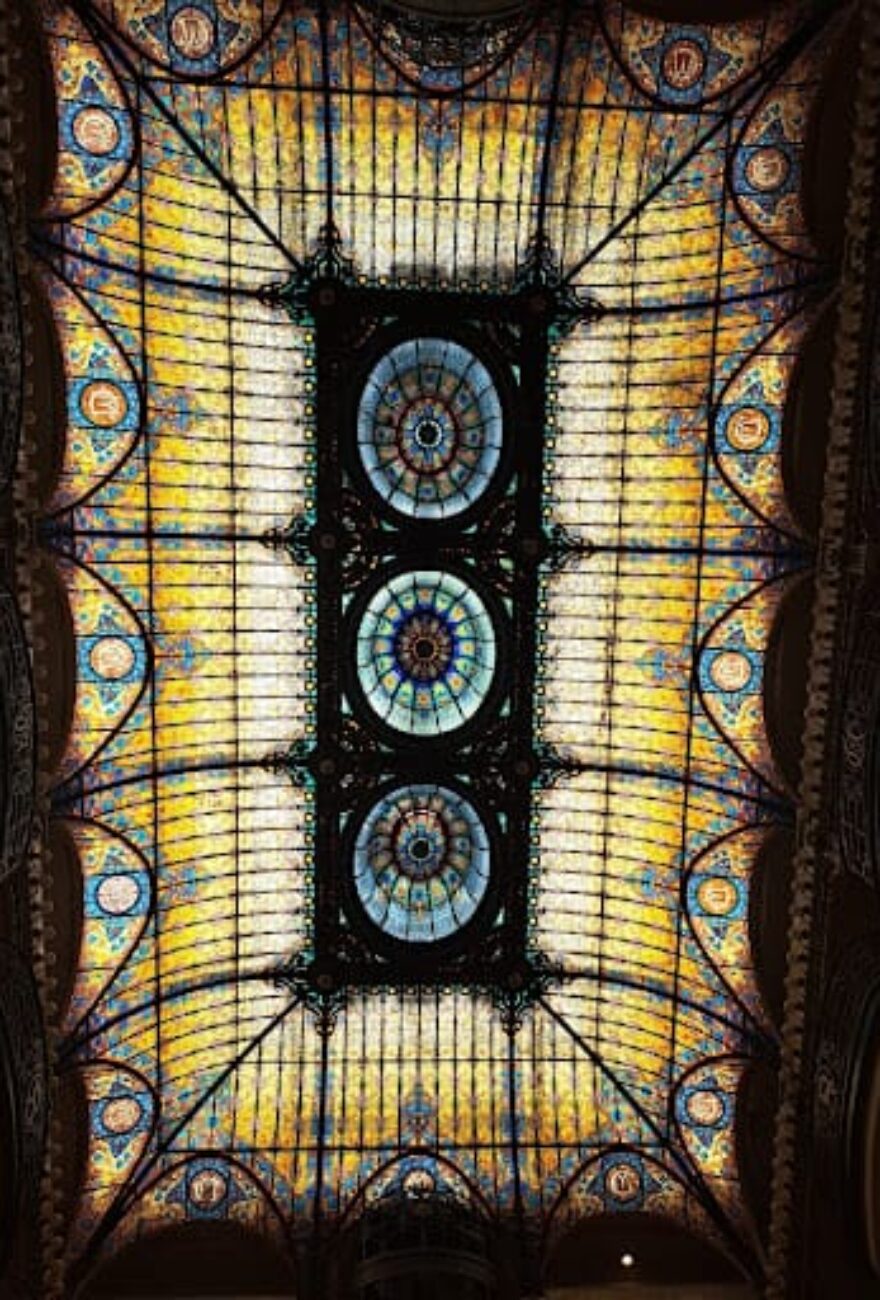
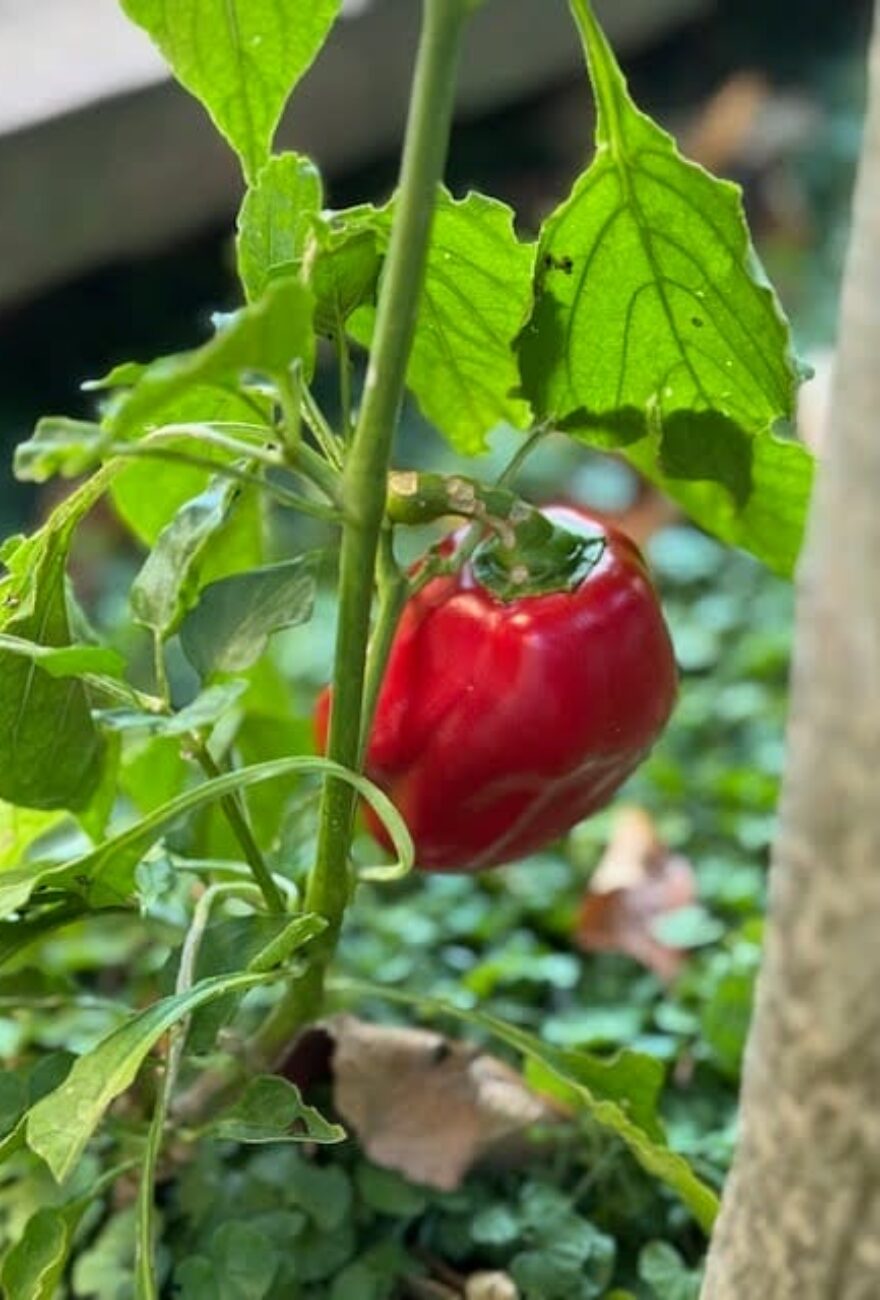
What’s next
These conversations remind us that storytelling is a powerful practice for truth-telling, relationship-building and systems transformation.
By centring lived experience, honouring different storytelling traditions, and creating a brave space for sharing and connection, we can begin to reshape the systems we live in.
Our Learning Circle series will continue on July 24th, 2025, where we will explore Storytelling, Measurement and Impact.
This session will be open to everyone to participate!

